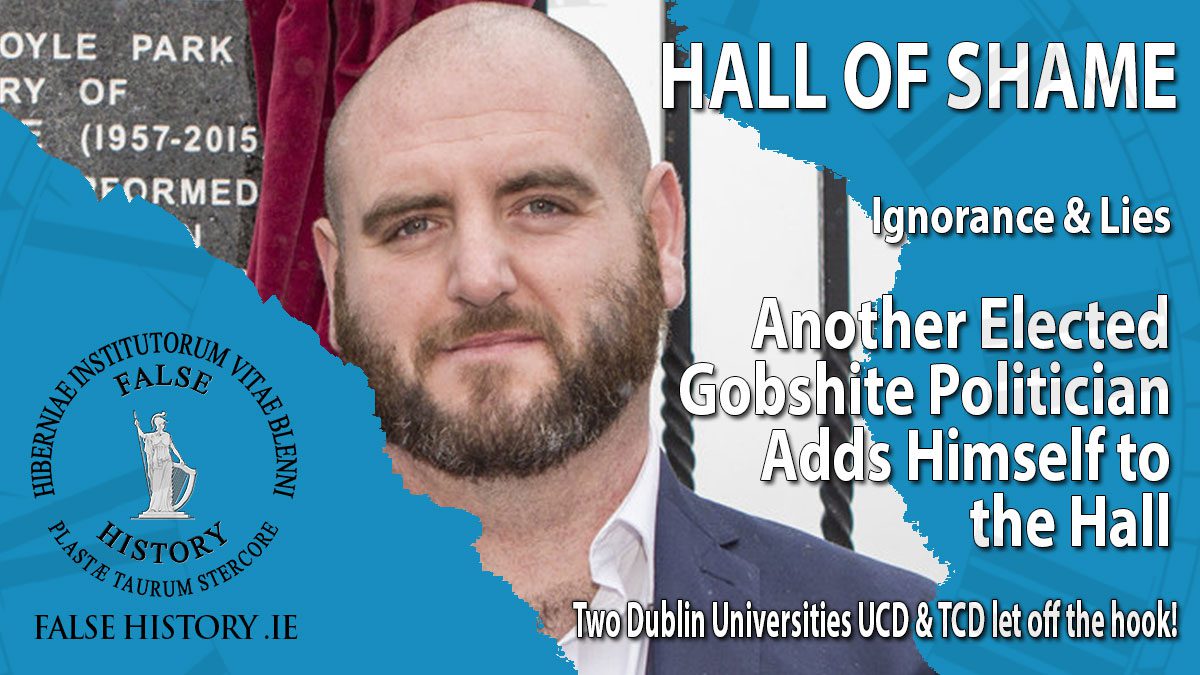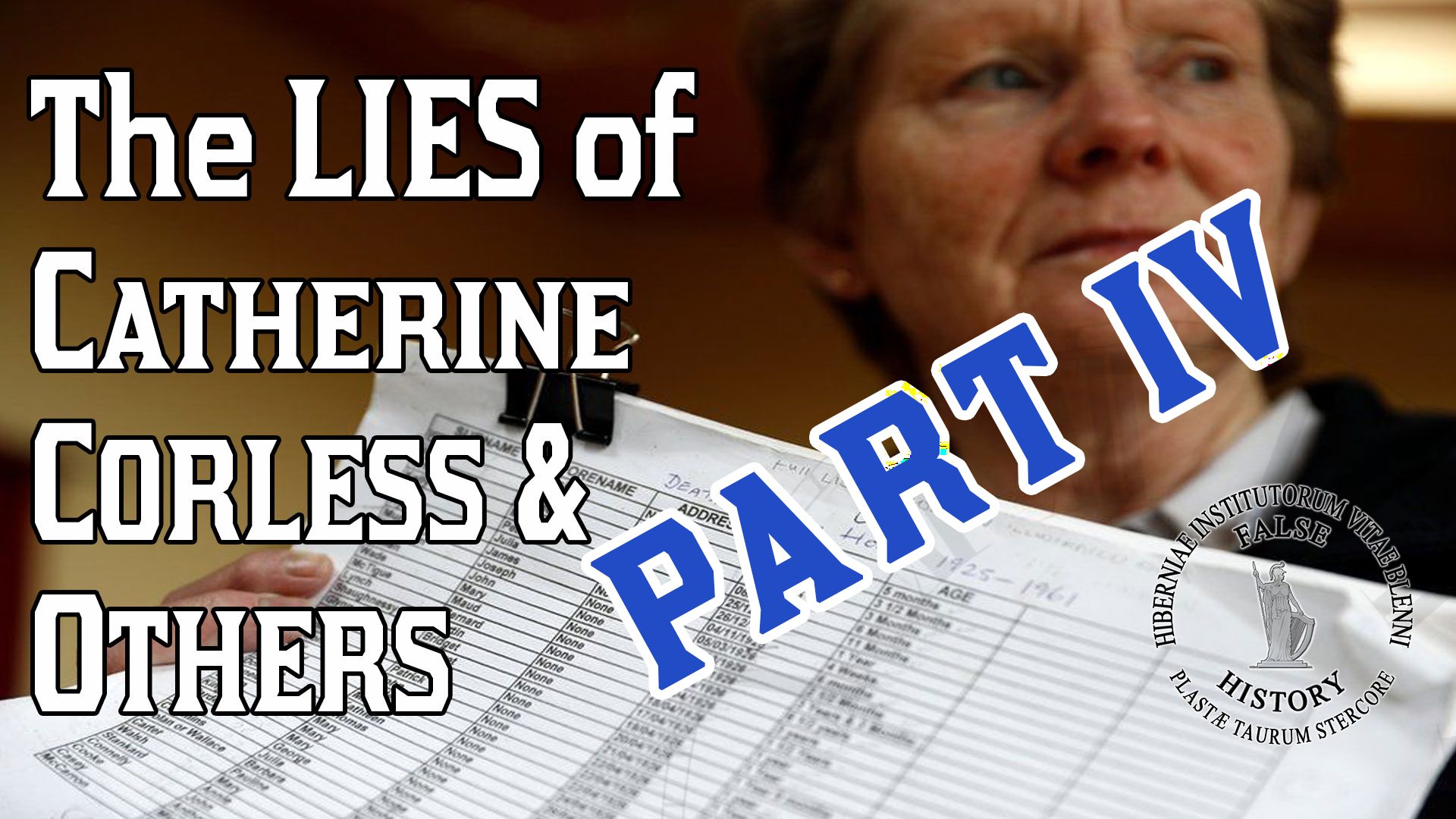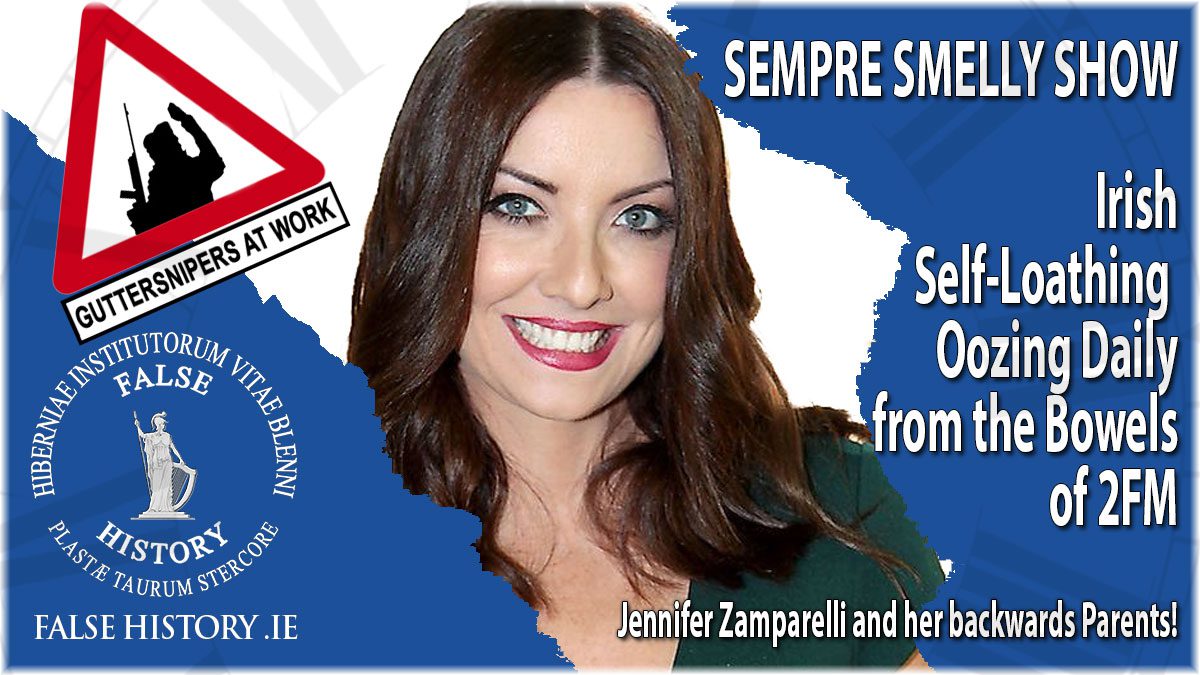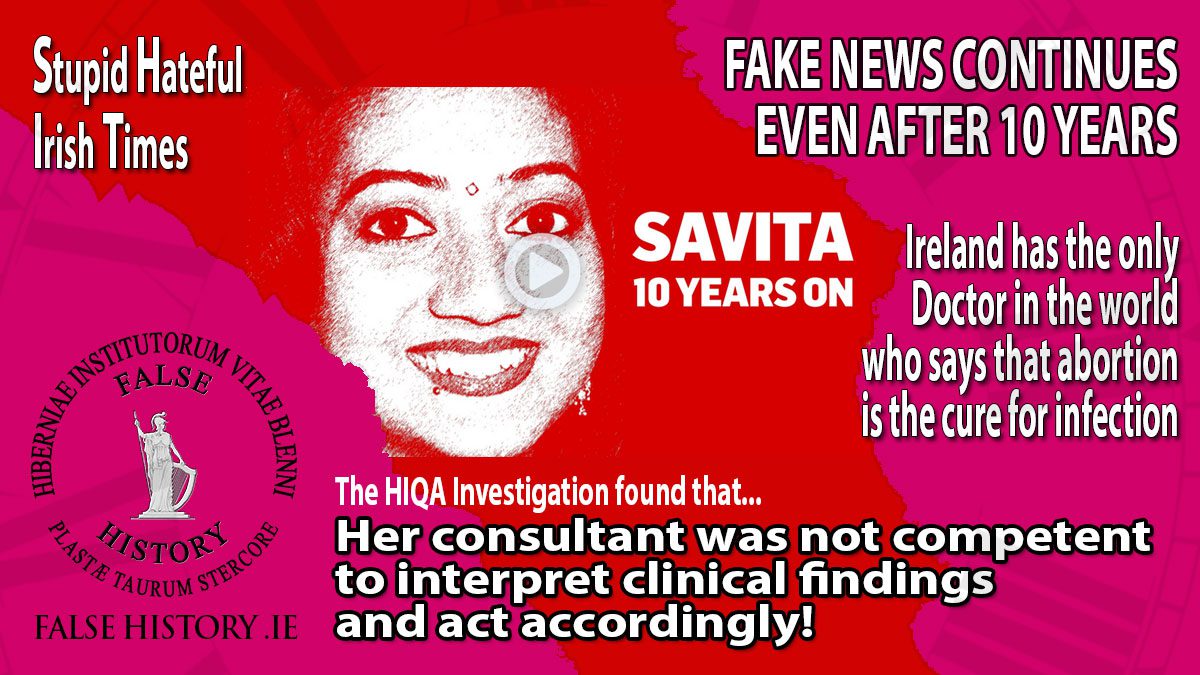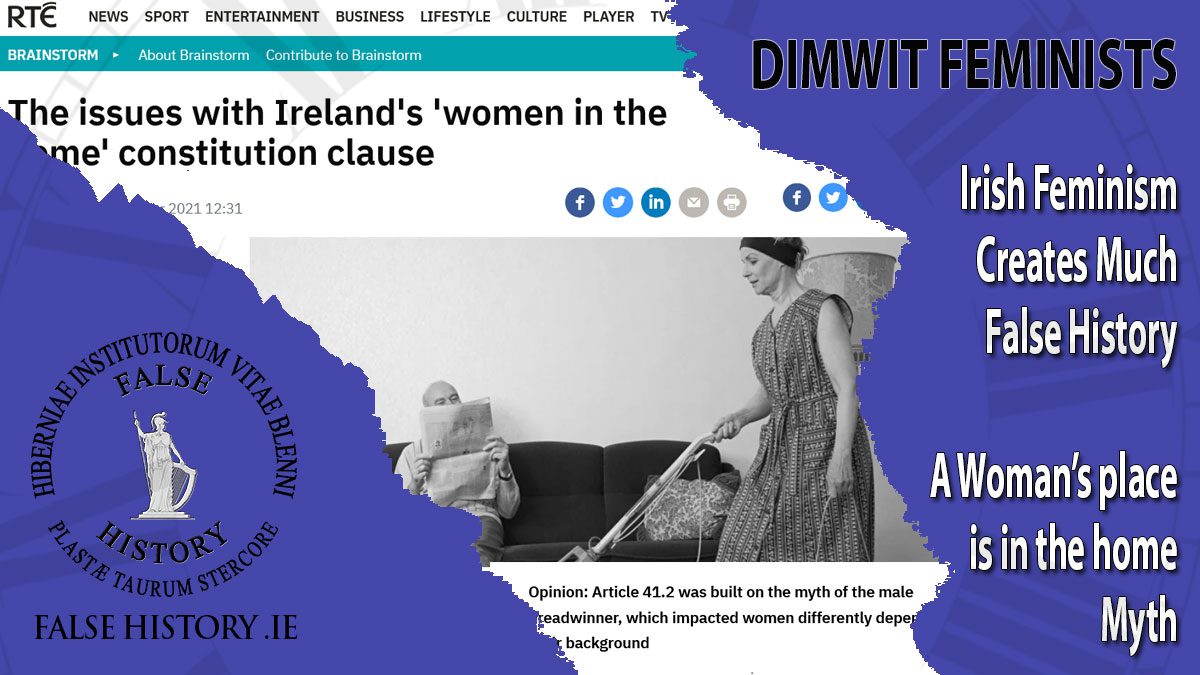Gino O’Boyle’s motion was accepted at the May 2023 meeting of Sligo Co Council that called on the ‘international pharmaceutical company GSK to pay for…
Category: Latest -Press Watch
False history. Fake news. Distorted narratives served up daily with such relentless speed that it can feel as though truth itself has become an endangered species in Ireland. This section offers just a glimpse—a sampling of the most brazen examples—to show how easily facts are bent to fit an agenda. Read on, and decide for yourself what you believe when you finally see both sides of the story.
The Lies of Catherine Corless & Others – Part IV
Acadumbics: The Irish university system has some brilliant historians, but none of them have been brave enough to challenge the idiotic output of their colleagues…
The Lies of Catherine Corless and Others – Part III
Medical Nescience – Catherine Corless has a level of knowledge of vintage medicine that is far less than zero. Journalist, Alison O’Reilly, has a similar…
The Lies of Catherine Corless & others – Part II
Anna Corrigan has no competent medical knowledge and has fabricated a story about the Tuam Children’s home. Former advisor to Dick Spring, and former CEO…
Jennifer Zamparelli – Irish Self-Loathing
Jennifer Zamparelli has made it her mission to broadcast the flatulence of Irish self-loathing from the basement of the RTÉ radio centre on each weekday…
The Death of Savita Halappanavar – A Political Football
Picture this scenario: You visit a doctor who diagnoses you with a kidney infection and suggests that the only effective remedy is to remove your…
The Abuse of Reason
The abuse of Amnesty International in the wake of its report examining the misbehaviour of the Ukrainian military, exposes the ineptitude of the western media…
Women in the Home – Feminist Lie
Many Irish feminists, particularly those of the crackpot variety, are not very bright and do not possess the ability to read and comprehend plain English…
Irish Journalism and False History
Arthur Beesley knows little of the history of Ireland and less about the medical history of the nation, but he feels himself qualified to write…
Child killers get a belt of a Crosier!
History is always great craic as there are many people who have their own version of it and swear their version is true, despite contraindicatory…
